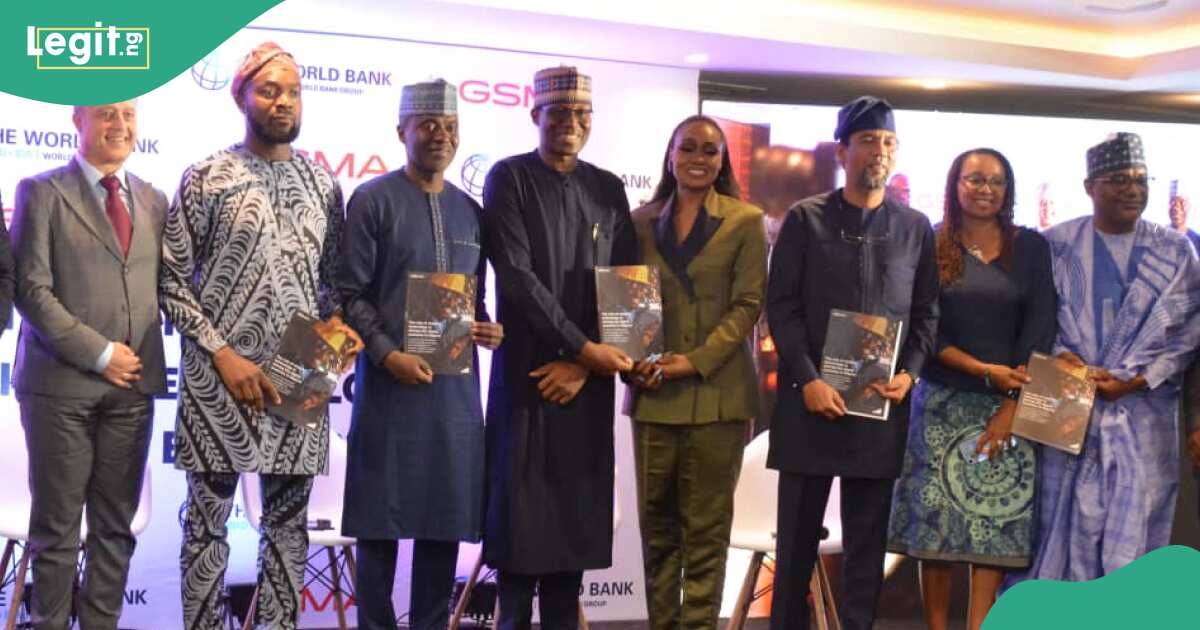The sale of 1.545 billion shares, expected to begin trading next week, could fetch nearly $12 billion –- a short-term boon for officials working to finance everything from luxury resorts to football stadiums and a planned desert megacity known as NEOM.
It underscores the strategy guiding de facto ruler Crown Prince Mohammed bin Salman’s much-vaunted Vision 2030 agenda, now more than halfway to its deadline: leveraging massive oil wealth to pave the way for an eventual post-oil future.
Yet analysts say it does little to address broader questions about Vision 2030’s viability, especially when it comes to so-called giga-projects like NEOM that embody Prince Mohammed’s sky-high ambitions.
“The cash raised will certainly help support government spending priorities. But it will ultimately be a fiscal booster more than a long-term cure for funding needs,” said Robert Mogielnicki of the Arab Gulf States Institute in Washington.
Saudi officials have since last year said the timeframe for some Vision 2030 projects would be extended, though they have not given details and said other projects would be accelerated.
Finance Minister Mohammed al-Jadaan said last month that global “shocks” since Vision 2030’s launch in 2016 -– wars in Ukraine and Gaza, the pandemic, inflation and supply chain disruptions –- had spurred a revision of reform plans.
A more fundamental problem, though, is the fact that foreign investors have been unwilling “to commit to long-term major projects in Saudi Arabia”, said Torbjorn Soltvedt of Verisk Maplecroft.
“Although flows into the Saudi stock exchange have increased, efforts to boost foreign direct investment have had little success.”
Prince Mohammed first broached an Aramco flotation in early 2016, months before the announcement of Vision 2030 and more than a year before he became first in line to the throne.
The original plan was to list five percent of the firm, one of the world’s largest by market capitalisation, on a major global stock exchange.
But concerns about disclosure requirements and a reluctance to sell national resources to foreigners prompted officials to change course, floating 1.5 percent on the Saudi bourse in 2019 for $25.6 billion.
Despite being the world’s biggest initial public offering, it “didn’t have the transformative impact that an international listing would have brought”, Soltvedt said.
“The initial plan for an international listing was not just about bolstering state finances. More importantly, it was intended to be a vehicle for change by embodying the vision for a more open economy.”
Efforts to secure international buy-in for Vision 2030 have stumbled, analysts say, and foreign direct investment remains well below the project’s target of 5.7 percent of GDP.
“Foreign investment in non-energy or energy-adjacent projects only goes into Saudi Arabia because of government subsidies like free land, free energy, low-cost labour, etc,” said Ellen Wald, author of a history of Aramco.
“The share sale happened now because the Public Investment Fund wanted to generate more cash to invest and Aramco is their cash cow,” she added, referring to the Saudi sovereign wealth fund.
Saudi analyst Mohammed bin Saleh was more optimistic, saying Vision 2030 was “on track” and pointing to official figures indicating non-oil GDP growth of 4.6 percent in 2023.
“Saudi Arabia is going through a huge national transformation project, and it will not be achieved overnight,” he said.
That is especially true for the most eye-catching projects including NEOM, with its plans for a futuristic ski resort and mirror-encased skyscrapers extending 170 kilometres (105 miles) across the desert.



